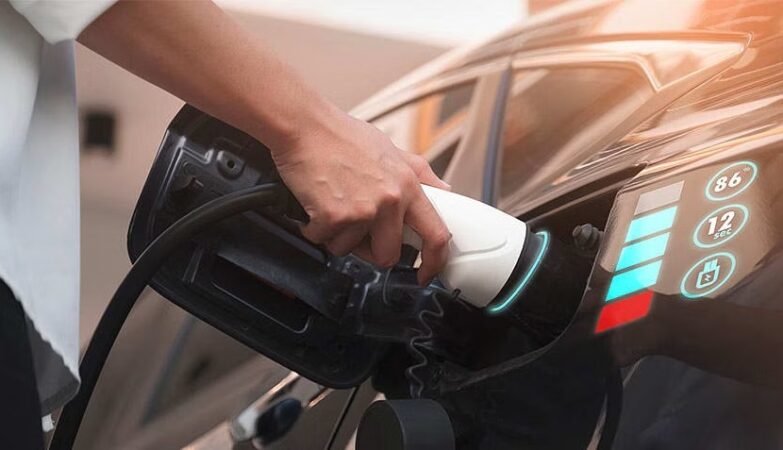Proper interior illumination affects comfort and driver focus consistently. Balanced lighting reduces glare and ensures passengers see clearly effectively. So technicians calibrate brightness levels carefully during service visits. Then both drivers and passengers enjoy safe and comfortable cabin lighting reliably. Proper adjustment prevents fatigue and enhances control during nighttime driving effectively. Professionals use specialized tools to measure intensity and ensure even distribution consistently. Calibrated lights also complement dashboard instruments and other vehicle displays effectively. This precise work maintains safety and comfort for all passengers consistently.
Assessing Current Light Levels
Technicians first evaluate brightness of each interior light carefully. That helps identify areas too dim or overly bright effectively. So measurements are taken using light meters and visual inspection reliably. Then adjustments can be made to balance illumination throughout the cabin consistently. Proper assessment prevents glare that may distract drivers during long trips effectively. Professionals also note variations caused by worn bulbs or faded covers reliably. Assessing light levels ensures consistent visibility for both driver and passengers effectively. This step is essential for a safe and comfortable ride consistently.
Adjusting Individual Fixtures
Each interior fixture is adjusted for optimal brightness and angle carefully. That ensures passengers receive adequate light without causing discomfort effectively. So technicians reposition lights and replace bulbs when needed reliably. Then illumination is balanced from front to rear seating consistently. Proper adjustment prevents shadows or uneven lighting that may reduce focus effectively. Professionals from Auto Repair in Springdale, OH test each fixture individually to verify consistent output reliably. Adjusting fixtures maintains comfort for reading, navigation, and general cabin activities effectively. This work enhances both passenger satisfaction and driver awareness consistently.
Coordinating with Dashboard and Controls
Interior illumination must complement dashboard displays and instrument panels effectively. That prevents glare or contrast issues that may distract drivers reliably. So technicians synchronize cabin lights with control brightness carefully. Then drivers see instruments clearly without eyestrain during night travel consistently. Proper coordination enhances comfort and ensures vehicle systems remain readable effectively. Professionals also consider dimmer settings and automatic adjustments for convenience reliably. Coordinating interior lights with controls improves both usability and visual comfort effectively. This creates a safer and more pleasant driving environment consistently.
Conclusion
Technicians play a critical role in calibrating interior lighting accurately. Balancing brightness improves comfort, visibility, and safety for all passengers effectively. So careful assessment, adjustment, and testing maintain a well-lit and functional cabin reliably. Then vehicles remain safe, convenient, and enjoyable during night or low-light travel consistently. Proper calibration prevents glare, shadows, and uneven illumination issues effectively. Professionals ensure interior lights complement dashboard displays and controls reliably. Routine calibration maintains optimal cabin conditions, protecting passengers and supporting driver focus consistently. Well-calibrated lights enhance the overall vehicle experience and safety on every trip effectively.







